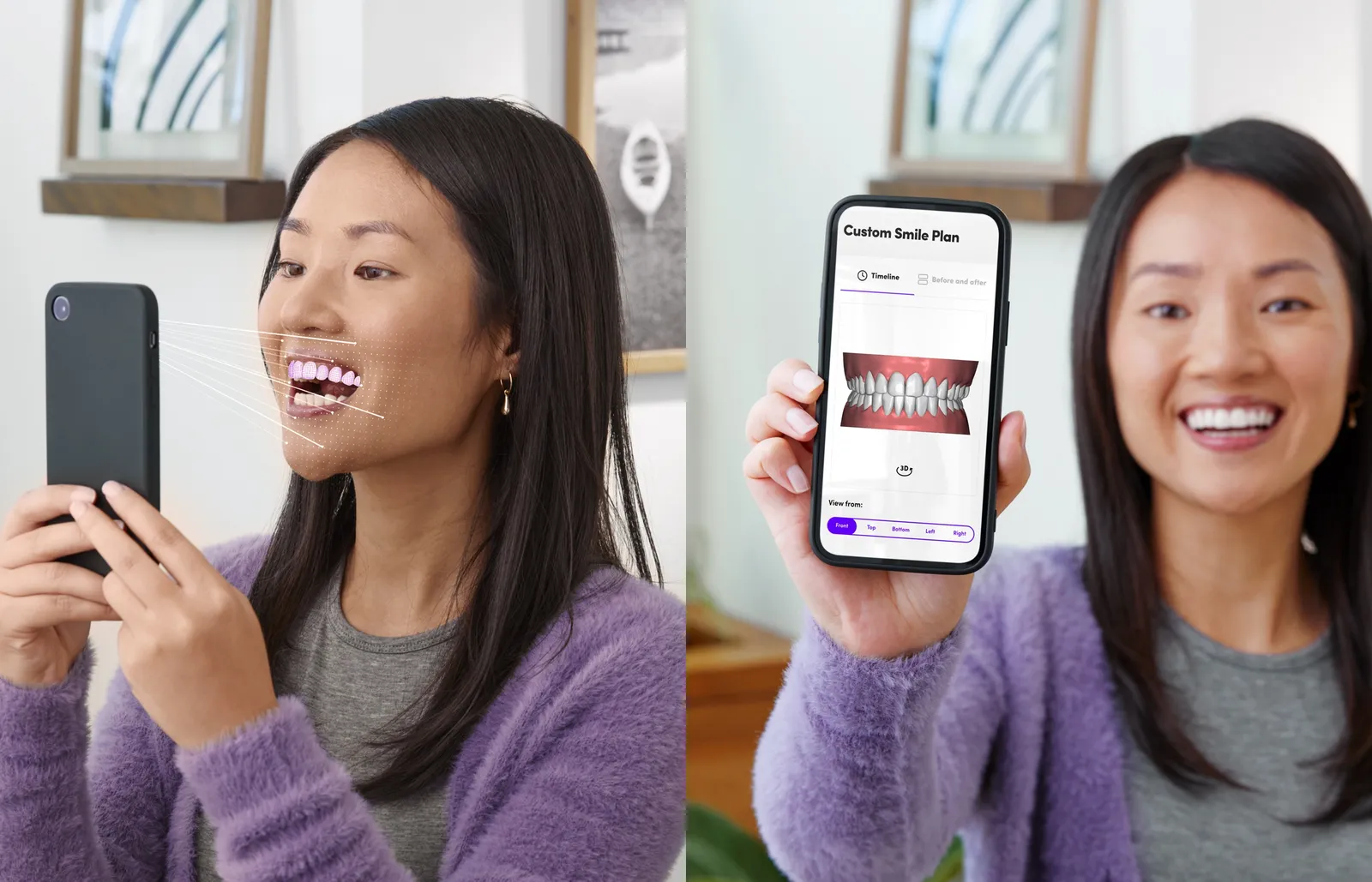At first, the AI strategy at SmileDirectClub focused on how customers could use their mobile phone for various teledentistry steps at home, including cavity detection.
“We started our AI journey about three years ago, and it’s gone through many different evolutions and cycles,” Justin Skinner, CIO at SmileDirectClub said. “We were partnering with boutique third-party AI firms, and then we eventually got to where we’re at now and we built our own internal AI team.”
As AI efforts have evolved, the company has used the technology to drive automation, efficiency and better patient outcomes.
SmileDirectClub is a direct-to-consumer, at-home teledentistry business with the goal of straightening teeth using clear aligners. In order to create the aligners, the company needs an accurate representation of the current state of a customer’s teeth to design a treatment plan to straighten them over time.
The company’s first major internal use case for AI focused on using the technology to automate various pieces of the treatment plan, according to Skinner. SmileDirectClub automated segmentation, which detects, identifies and numbers each tooth, and used AI to inform future treatment steps by using treatment protocols.
But as the company sought to improve automated processes and expand use cases, vendors just couldn’t deliver, Skinner said.
“We just weren’t getting the results that we needed,’” Skinner said. “The vendors were not able to achieve our 2D to 3D model creation requirement.”

After talking with the CEO, Skinner created an internal AI team with Ryan Amelon at the helm as director of AI.
“We were able to bring our treatment planning process down from 45 minutes to under 10 minutes, because we automated that whole process,” Skinner said. “And it brings consistency of outcomes and quality and it removed some of the human issues.”
While most of SmileDirectClub’s use of AI does not have the same risk for bias-based outcomes that many businesses are up against, the company keeps a set of guiding principles based on clinical standards as its North Star.
As the company continues to advance its efforts to bring better patient care and improve internal processes, generative AI is on Skinner’s radar.
“We’re starting to explore some of that right now,” Skinner said. “One use case we do have is contact center call summary creation.”
The new use case deploys an AI bot to listen to interactions between call center agents and customers. The bot summarizes the call, and employees can make adjustments or alterations to the summary if needed.














